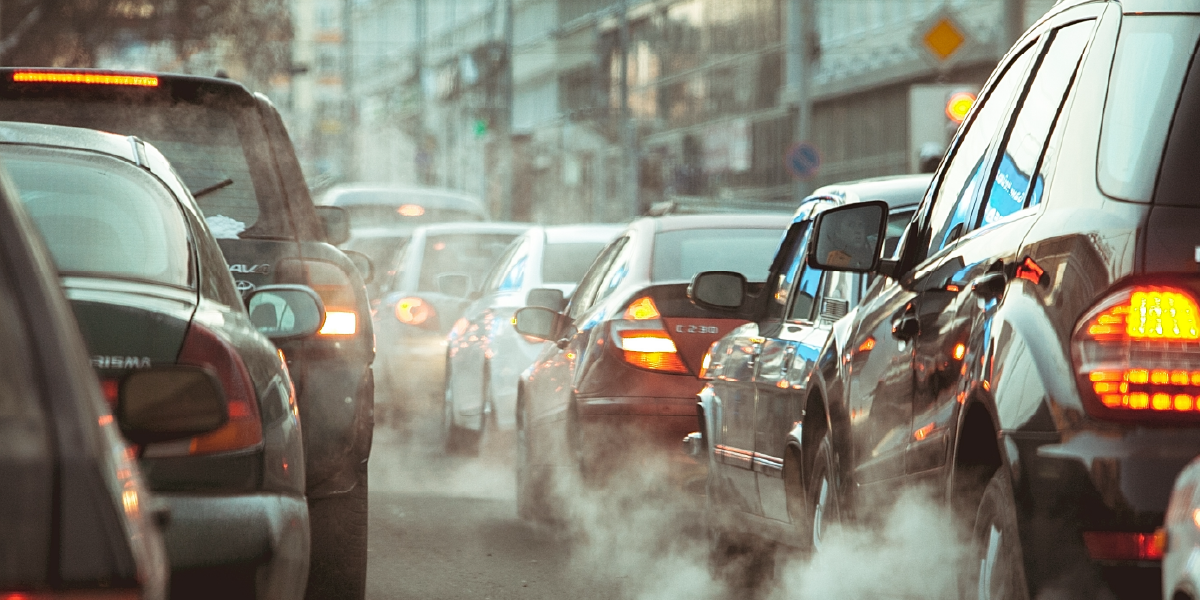Like a colony of ants working together, Kennesaw State University (KSU) researchers envision a world where cars communicate with each other to improve the flow of traffic. The Futra Lab is working to make this a reality by harmonizing mixed traffic flows and automated vehicles. With stronger automation comes reduced congestion and pollution.
Mahyar Amirgholy, an assistant professor at the Southern Polytechnic College of Engineering and Engineering Technology and a research affiliate in Lawrence Berkeley National Laboratory’s Energy Analysis and Environmental Impacts Division, is involved in projects improving transportation efficiency and sustainability through advanced technologies.
His work explores connected automated vehicles (CAVs) that can “talk” to each other for smooth traffic flow, advanced machine learning to predict traffic patterns, and tools to forecast energy use and grid emissions as electric vehicle (EV) charging demand grows.
Amirgholy’s group in the Futra Lab is developing a control system that allows CAVs to communicate with traffic lights and each other using a cloud computing network. By synchronizing their speeds to match the flow of regular cars and green lights, CAVs can help traffic move continuously and reduce stop-and-go driving.
At the same time, CAVs’ speed and location data relay to traffic lights, helping them adjust the timing for cars coming from different directions. This teamwork between vehicles and signals keeps traffic flowing, reducing backups, cutting fuel use, and lowering emissions by avoiding pointless idling.

In the same vein, Amirgholy’s group is studying transportation electrification. Although many people perceive EVs as emission-free, the growing demand for electricity to charge EV batteries places more pressure on the power grid, potentially increasing emissions from power plants.
“The impact of rising EV energy consumption on power plant emissions largely depends on the energy mix of the grid,” Amirgholy explained. “In our recent study, we compared California, Georgia, New York, and Washington. Our findings show that increased EV adoption in states like Georgia, which heavily rely on fossil fuels, will significantly raise emissions from power plants. So, transportation electrification only effectively reduces emissions if the electricity is primarily sourced from renewable energy, as it is in California and Washington, and soon will be in New York.”
Amirgholy’s group is currently developing an interactive tool that uses machine learning to predict electricity consumption from EVs and the resulting impact on grid emissions across the United States.
Duleep Prasanna Rathgamage Don, a Ph.D. candidate in Data Science and Analytics, works as a graduate research assistant in the Futra Lab. His participation in the project significantly deepened his understanding of smart transportation system modeling.
“This research has completely transformed my understanding of transportation technology,” he said. “Developing models with machine learning algorithms has provided me with valuable insights into leveraging AI for analyzing urban networks.”
Chrisley Licona-Hernandez, a first-year student in civil engineering, said her experience in the lab challenged her to step outside of her comfort zone.
“One of my biggest challenges was my lack of coding experience, which made it difficult to keep pace with my graduate peers,” she recalled. “However, it motivated me to learn quickly and sharpen my research skills. This experience encouraged me to seek support and build connections with my colleagues, reminding me of the value of collaboration in overcoming obstacles.”
Amirgholy’s research leverages emerging technologies to develop effective solutions for complex transportation challenges, focusing on enhancing mobility, efficiency, and sustainability for all.
“My goal is to leverage emerging technologies to develop innovative solutions for upgrading transportation infrastructure and optimizing energy systems. I aim to enhance the efficiency of existing transportation networks while ensuring more effective and sustainable energy utilization,” Amirgholy said.
The Futra Lab at KSU is turning big ideas into real change. By exploring how cars can communicate with each other and traffic lights, KSU is reshaping how we move through the world. It goes beyond making traffic smoother—it’s about creating a future where technology helps us live more sustainably.